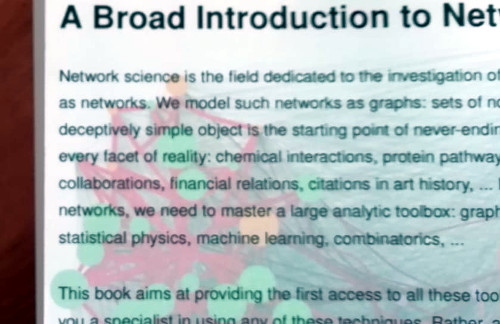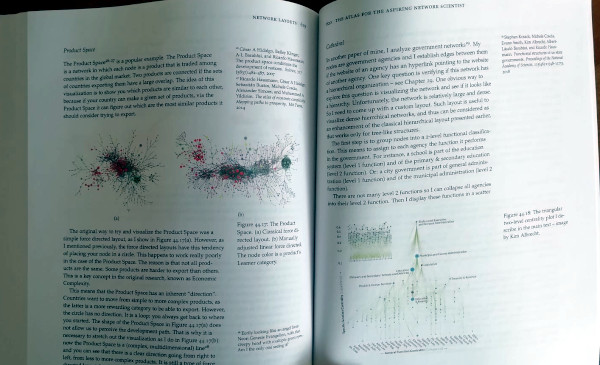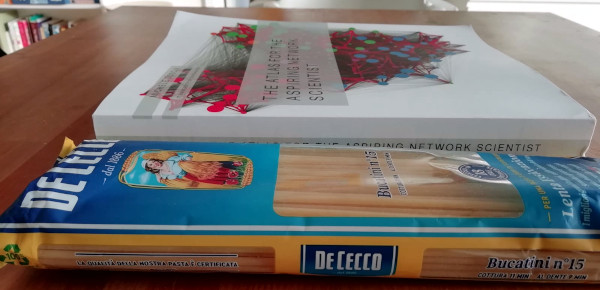The Atlas for the Aspiring Network Scientist v2
After a year of dedicated effort, I’m glad to announce that the second version of my atlas for network science is finally out! Just like version one, the PDF is available free of charge both on arXiV and on the companion website, which also contains all the solutions to the exercises. If you’re a fan of physical books, you can buy it on Amazon.
Four years ago I published version one with the ambition of having a single text covering all I knew about network science in a coherent manner. The result was nice, but it had large margins of improvement. With this second edition, I aimed at improving the most egregious blind spots of the book.
The first one was about learning on graphs. Version one only had a small, confusing, imprecise chapter on this vast topic. That one chapter has blown up to four chapters, which now tackle shallow and deep learning more in depth. Of course none of those chapters get to the depth or sophistication of, say, Hamilton’s book, but I believe the value in having them in the Atlas is to show how much graph neural networks actually fit neatly into everything else from network science. They are not an extraneous body with esoteric methods: all GNNs do is adding some machine learning flavor to analyses we’ve been doing for decades, like using random walks to learn structural properties of the network.
Then, I decided to greatly expand on the background knowledge necessary to approach network science. This includes all the non-network techniques that will help you making sense of data. Again, what before was one background chapter became a whole book part with four chapters, covering probability theory, statistics, machine learning, and linear algebra.
The last major content addition is a chapter to deal with uncertain network data: what do you do when you’re unsure about the presence/absence of specific nodes/edges? There are more minor additions to the book, which are mentioned in the introduction.
Finally, last time no one yelled at me nearly enough for how tongue-in-cheek my introduction was. I took this as an encouragement to write an even more outlandish one. Fingers crossed someone will start a flame war on the social media du jour, and maybe the book goes viral and I get to retire with the $0.49 I make in profit per copy sold 🤞
Also bad news for those who want to stay healthy. All that added content means version two of the Atlas is even more back-breaking than version one:
The dinosaur is courtesy of my son.
For this book I had the additional help of a few more reviewers: Giovanni Puccetti, Matteo Magnani, Maria Astefanoaei, Daniele Cassese, and Paul Scherer. You’re very welcome to contact me if you find some more mistakes or if you have any grievances with the content — version one did ruffle some feathers.
So, if you want to become an expert on network science, a reminder: grab the free PDF on arXiV or on the website. And, if you really want to fuel my tiramisù addiction, you can always buy a physical copy on Amazon (or some other online seller). You could also go the Patreon route. I’ll see what I can cook in the next four years. Ta-ta.








